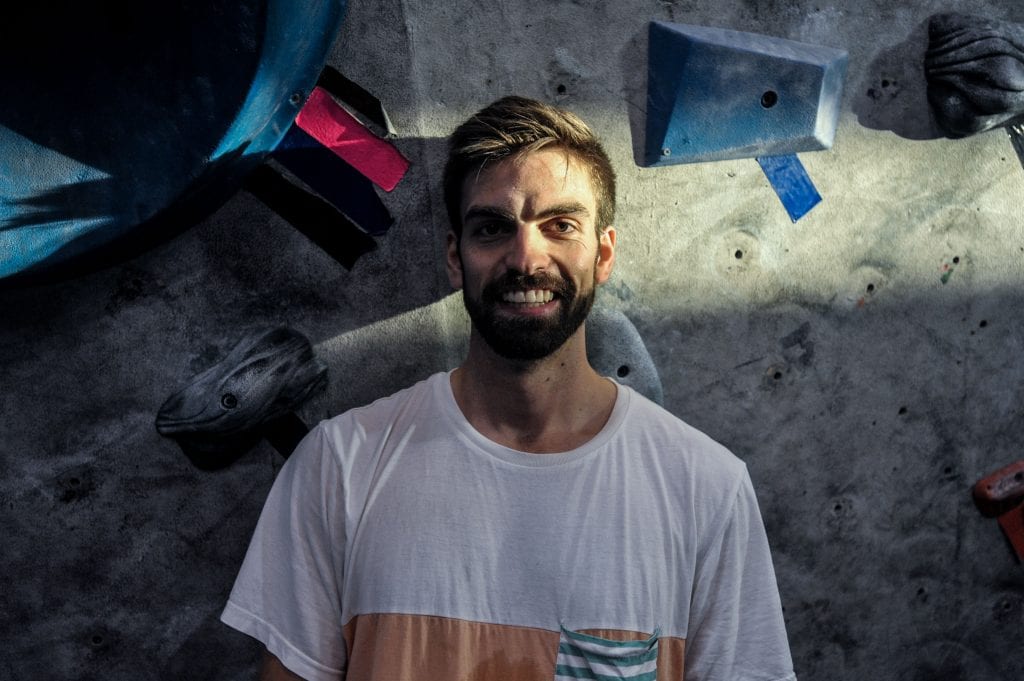If you look inside of a rock climber’s backpack, you will most likely find ropes, carabiners, and harnesses.
After a confirmed “belay on” from a partner, rock climbers scale naturally formed skyscrapers all over the world in a sport that has no room for a fear of heights.
Yet not all climbers choose to strap on a helmet and climb to high elevations.

Referred to as bouldering, climbers cling onto obtuse rocks that are smaller in size, compared to the monumental El Capitan like rock formations that we all envision when we think of the sport. These climbers ditch the ropes and safety gear and figure out ways to climb unconventional rocks with nothing but a crash pad underneath to break their inevitable falls.
By way of specific and thought out body movements, boulderers are able to climb a rock only using predetermined holds and cracks.
If their knee is bent in the wrong direction, or if the right hand is holding on to where the left needs to be, their strategy has failed and they are forced to reassess.

In Santa Clarita, a new found bouldering community is quickly forming after a local indoor climbing gym has given these geological problem solvers a place to go.
Climbing the indoor boulders was aerospace engineer Marc-Andre Tremblay, 26, who has been bouldering for the past two years after being introduced to the sport in his hometown of Montreal.
“It’s a good replacement for the gym I would say, especially for the upper body,” said Tremblay.
He adjusted his climbing shoes and complained that they tear far too quickly and has given up on buying the better shoes.

For now, Tremblay climbs indoors to build his hand strength. He plans to travel to Squamish, Canada to try outdoor climbing for the first time.
Also known as “bleausards,” rock climbers take “routes” while boulderers climb “problems.” The difficulty of a specific “problem” is categorized by the “V” scale – designed by a climber named John Sherman in the 90’s, with a “V0” being the easiest and “V16” the most difficult.
Tremblay turned and stared at the chalk filled wall ridden with different colors of tape, calculating a solution to the problem he is about to attempt.
“You just need to focus every time. You forget about everything else. I would say that’s the best part,” he said.









